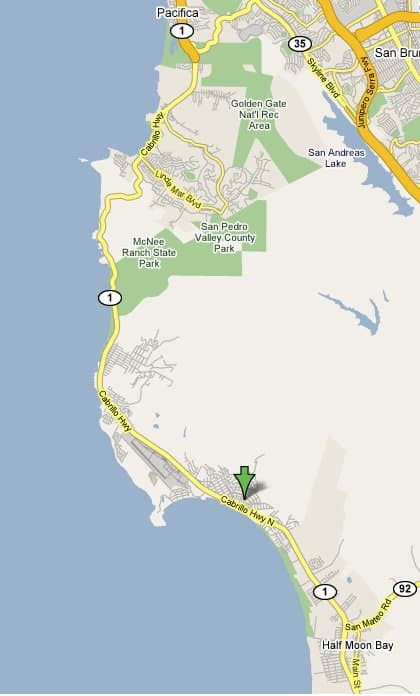Son of Survey Madness
We’ve posted any number of survey design critiques over the years, and here’s the latest, a close read of a question and the cues associated with different responses.
In response to the prompt How closely do you agree or disagree with this statement: “We saw business strengthening in the Spring, but it seems to be stagnant or falling off again. We thought we had seen the bottom, but now we are not sure.” we’re asked to move a slider between Agree Completely and Disagree Completely.


As we move the slider, the expression on the little green character changes, supposedly to provide an additional cue to ensure that our response is accurate.
But when we agree (a positive emotion), the guy is frowning. Because we are agreeing with a negative in which case we making a negative observation? So we feel negative? But the green dude isn’t mapping our feeling about the situation, he’s mapped to our response – our degree of agreement. We can feel positive about agreeing, even if the thing we agreeing about is negative (haven’t you ever exclaimed enthusiastically at someone that expresses a similar frustration to you? That’s being positive about a negative). The mapping here is wrong.
It’s further complicated by the indirectness of the prompt – that situation you are agreeing or disagreeing with – describing a situation going from positive to uncertain. How much do you agree or disagree with: something was positive but now it’s negative? In fact, besides being indirect and somewhat abstract, it’s also a compound question. You might agree that things were positive, or you might now. You might agree that things have gone downhill, or you might not. The question is asking you to agree ONLY to the cause where i) things were positive and ii) things have gone downhill. If you don’t agree with both of those, then what do you do? And since you can indicate the strength of agreement/disagreement, how will people interpret the question? I would suggest not very reliably!
Ironically, this is a survey aimed at providers of market research services, who should absolutely know better.




